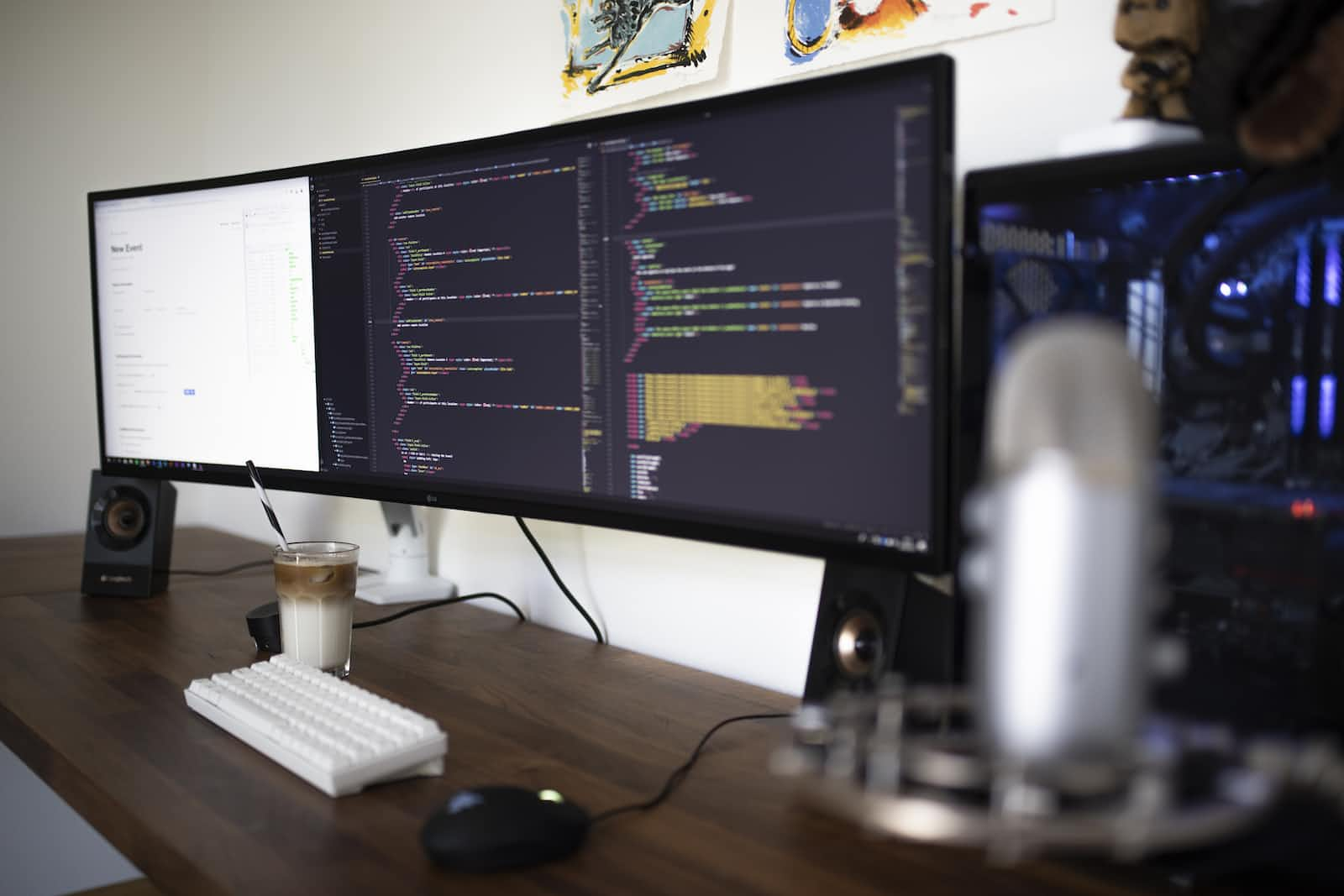Cloud Computing Security
 Kaustav Dutta
Kaustav DuttaTable of contents

INTRODUCTION :
Today is the era of Cloud computing and cloud computing security comes hand in hand. Cloud services rely on virtualization technology which an everyday customer wants. Multi-tenancy and virtualization is the perfect partner in architecture. Multi-tenancy helps us use the same physical machine in sharing while keeping them isolated. Now I will discuss cloud security with a focus on virtualization technology.
VIRTUALIZATION :
A way of making a physical computer function as if it were two or more computers where each non-physical or virtualized computer is provided with the same basic architecture as that of a generic physical computer. Virtualization technology, therefore, allows the installation of an operating system on hardware that does not really exist. It is divided into 4 main types
1)FULL VIRTUALIZATION:-This is a complete installation of one machine that runs in another machine
2)PARA VIRTUALIZATION:-This is more efficient than the previous and it allows us to use the same resources at the same time.
3)HOSTED ARCHITECTURE:-The host os has a virtualization platform installed into on or more VM runs.
4)HYPERVISIOR ARCHITECTURE: The virtualization layers sit on the top of hardware exporting the virtual machine architecture.
VIRTUAL MACHINE:
A virtual machine is a virtualized representation of a physical machine maintained and operated by virtualization software.VM is like a self-contained operating environment. It behaves like a separate computer.
VIRTUALIZATION SECURITY CHALLANGE :
INTER-VM Attack: A new communication connection is created which can’t be monitored by traditional network security control.
INSTANT-ON gaps: Providing up-to-date security to dormant VMs becomes a complex task. A compromised image of VMs can create a security breach when instance.
MIXED TRUST LEVEL VMs: When several VMs with different securities are hosted in the same host machine. This is concerning when coexisting with unknown tenants.
RESOURCE CONTENTION: Accidental or unauthorized use of shared resources can be dangerous.
COMPLEXITY MANAGEMENT: Management of VMs becomes much more complex and requires much more secure patching.
MULTI-TENANCY: VMs now coexist with unknown malicious VMs.
LACK OF AUDIT TRAIL: Monitoring logs are much more complex in the virtual environment.
CONCLUSION:
Cloud computing is about gracefully losing control while maintaining accountability even if the operational responsibility falls upon one or more third parties. In Cloud computing, several technologies and architectures should be mixed to enhance the features, in particular, multitenancy and virtualization but they bring their own security concerns to the already large list of cloud computing.. The hypervisor provides a new attack surface to be compromised, and the virtual network enables a malicious VM to perform attacks on other VMs avoiding traditional network security controls. This requires a new form to approach network security like using privileged VMs, but this also generates new security risks if being compromised. CSA accurately states that “the lowest common denominator of security will be shared by all tenants in the multi-tenant virtual environment unless a new security architecture can be achieved that does not „wire in‟ any network dependency for protection”. The movement to the Cloud could mean an improvement in security for many organizations. New robust security controls will be required in order to assure proper security with the de-parameterization and to be compliant with everyday more strict laws and regulations.
FUTURE WORK*:*
Cloud computing we have to make much more secure, safe, and efficient architecture in that field which will cover at least 60% of our total clod usage.
Subscribe to my newsletter
Read articles from Kaustav Dutta directly inside your inbox. Subscribe to the newsletter, and don't miss out.
Written by

Kaustav Dutta
Kaustav Dutta
I am a software enthusiast ,trying to build something better.